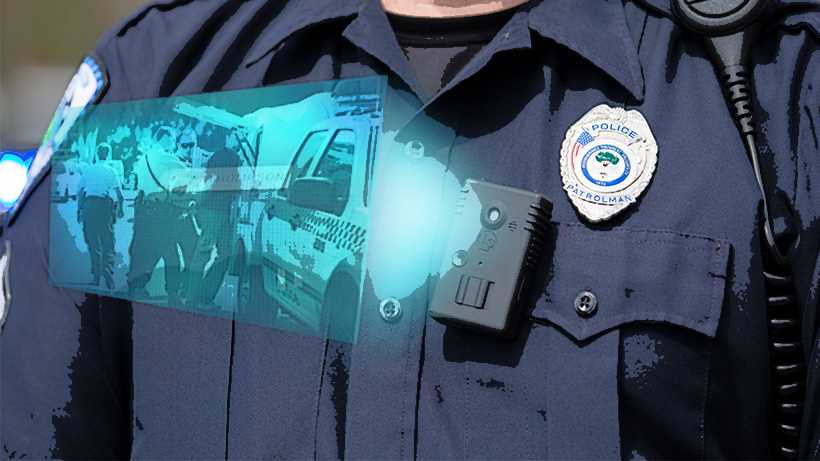In the wake of several high-profile shootings involving police officers, law enforcement agencies around the country have been searching for new ways to ensure transparency and accountability. While some departments are turning to body cameras worn by officers, others are opting for cloud-based systems that allow for real-time streaming of footage from multiple cameras. There are pros and cons to both approaches, and it’s important to weigh all the options before making a decision.
One of the biggest advantages of cloud-based body cameras is that they offer instant access to footage. If an incident occurs, anyone with the proper permissions can login and view the footage in real-time. This means that there’s no need to wait for an officer to return to the station and upload the footage, which can be critical in the minutes and hours after an incident.
Another advantage of cloud-based systems is that they offer enhanced security. When footage is stored on a server, it’s typically encrypted and password-protected. This makes it much more difficult for someone to tamper with the footage or view it without authorization. Additionally, cloud-based systems often include features like tamper-detection and watermarking, which can further deter would-be criminals.
There are some drawbacks to cloud-based body cameras, however. One of the biggest is cost. These systems can be expensive to set up and maintain, and they typically require a subscription fee. Additionally, cloud-based systems can be complicated to operate, and they may require special training for officers.
Another potential downside of cloud-based cameras is that they can be less reliable than traditional body cameras. If there’s an issue with the internet connection or the power goes out, the footage may not be available when you need it.
Ultimately, the decision of whether to use cloud-based body cameras or traditional body cameras is one that should be made by each individual law enforcement agency. There are pros and cons to both approaches, and the best solution will vary depending on the needs of the department.
Remote access and flexibility
The cloud-based footage management solution provides the law enforcement agencies with a secure way to remotely access and manage their video footage anytime and anywhere. This is extremely beneficial, especially for investigations that may span over long periods of time or involve multiple agencies.
Additionally, cloud-based solutions offer a high degree of flexibility, as they can be easily scaled up or down to accommodate the changing needs of the department. For example, if a department decides to increase the number of body cameras in use, they can simply add more cameras to their subscription plan.
Improved security
As mentioned earlier, one of the main advantages of cloud-based body cameras is that the footage is typically encrypted and password-protected. This makes it much more difficult for someone to tamper with the footage or view it without authorization.
Additionally, many cloud-based solutions include features like tamper-detection and watermarking, which can further deter would-be criminals. These features are not typically available with traditional body cameras.
Cost
One of the potential drawbacks of cloud-based body cameras is that they can be more expensive to set up and maintain than traditional body cameras. This is because there is typically a subscription fee associated with cloud-based solutions.
Additionally, cloud-based systems can be complicated to operate, and they may require special training for officers. These factors should be considered when determining whether a cloud-based system is right for your department.
Reliability
Another potential downside of cloud-based cameras is that they can be less reliable than traditional body cameras. This is because if there’s an issue with the internet connection or the power goes out, the footage may not be available when you need it.
This is something that you will need to weigh when deciding whether to use cloud-based body cameras or traditional body cameras.
The decision of whether to use cloud-based body cameras or traditional body cameras is one that should be made by each individual law enforcement agency. There are pros and cons to both approaches, and the best solution will vary depending on the needs of the department. Cloud-based body cameras offer advantages in terms of remote access and flexibility, while traditional body cameras may be more reliable. Ultimately, the best decision for your department will depend on your specific needs and budget.
